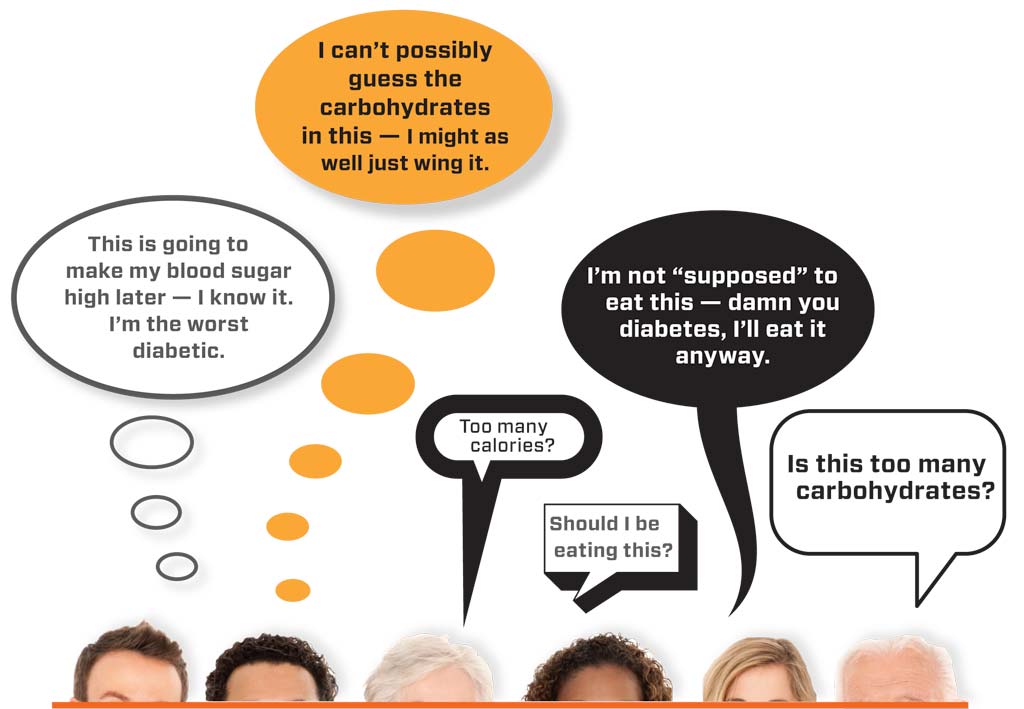The T1 Female Heart: Avoiding Heart Disease in Your Life
Women with T1D suffer much higher rates of cardiovascular complications than non-diabetics; Use these tips to lower your heart disease risk

Women living with type 1 diabetes have a five times greater risk for heart failure than nondiabetic women. This excess risk appears to be from a combination of factors, including the damage caused by type 1 diabetes and circumstances that are uniquely female, such as hormones, body fat, and disproportionate medical care.
As a young or newly diagnosed woman with type 1, it can be disheartening to look at the stats associated with T1D and cardiovascular disease (CVD). The fact that so many people with diabetes end up with heart disease despite stellar blood sugar control only adds to that feeling of powerlessness.
But before you throw up your hands and accept what seems inevitable, know that there are steps you can take today to reduce your risk of heart-related complications.
Find an Exercise Routine That You Can Stick With
Reducing heart disease risk with exercise is a concept that goes way back. This advice is still useful even though T1D women are at a far greater risk than the general population. In fact, that difference in risk should be enough to convince you to go above and beyond the recommended daily activity set down by the American Heart Association (AHA).
Staying physically active will help decrease blood pressure, bad cholesterol, and help you maintain optimal weight. All of these factors work together to reduce your risk of heart problems.
How much exercise you need will depend on your health status, age, and BMI. The AHA recommends 30 minutes of moderate exercise a day. This is equal to about a two-mile walk at a brisk pace. If light, anaerobic exercise is more your thing, you can still attain better heart health by toning your muscles. Start with longer weight lifting sessions and work toward shorter, more intense sessions that get your heart beating.
Since consistent exercise is key to reducing heart disease risk, it is important to set yourself up for long term success.
Here are some tips that can make daily exercise more achievable for the long haul.
- Mix it up. Instead of doing the same one mile run each day, add some variety. Consider breaking up the routine with a weekly yoga class, a hike with the dogs, a sunset bike ride, and other activities that you enjoy that will also get your heart pumping.
- Involve the family. While your husband or significant other may not have the same CVD risk factors that you do, just about everyone will benefit from more exercise. Join a gym together and challenge one another to reach new milestones. Take your children outside for a long game of tag or chase them while they ride their bikes up and down the street.
- Make exercise time your time. We all want an excuse to have more time to ourselves, and exercising to decrease your CVD risk is one of the best excuses there is. Own your work out by putting on a mix of your favorite songs and enjoying some quality time away from the house.
- Join a rec league. Think sports are just for kids? Joining an adult rec soccer, flag football, or frisbee league is a great way to add activity to your life. Not only does playing games not feel like exercise, but these leagues are a great way to meet new people in a low-pressure environment.
Of course, if you are unfamiliar with how your diabetes or your body handles increased activity, make sure you start out slow and work with your doctor to set your limitations.
Find the Right Food to Feed Your Heart Health
As a diabetic, you already experience a lot of limitations when it comes to food. And, more than likely, you aren’t looking for a reason to add to those limitations. Unfortunately, a restricted diet may be the number one most important factor in reducing your heart disease risk.
A 2017 study found that almost half of all heart disease deaths were linked to a poor diet. If eating processed food and sugary-sweet treats can have that kind of impact on the general population, just imagine what it will do to your type 1 diabetic heart.
While most people with type 1 work hard to reduce their sugary food intake, many still consume too many other red flag heart foods. Items like meat, salt, and fatty dairy products often find their way into the diabetic diet. After all, these are all foods that require little to no insulin, making them more blood sugar friendly. But this “diet” is suspected to be one of the reasons T1Ds are even at a greater risk of heart problems than people with type 2 diabetes.
So how do you eat for your heart without sacrificing your blood sugar control?
Luckily, even though many heart-healthy foods are higher in carbs, they actually work to improve your insulin sensitivity and reduce inflammation in the body, both things that lead to tighter blood sugar control. Additionally, most whole foods have a lower glycemic index than their processed counterparts. So while you may need to bolus more at the beginning of a meal, you are less likely to experience a blood sugar spike with these foods.
To help your heart and improve your blood sugar control, try to incorporate as many of these heart-healthy foods as possible into your diet:
- Veggies, especially leafy greens
- Fruits
- Whole grains
- Legumes
- Nuts
- Heart-healthy fats from flaxseed, olive oil, and fish
Try replacing some of the red flag foods you consume with one of the options above. Each week strive to replace more meals with heart-healthy options. Eventually, you will find yourself on a nutritious diet that is better for you and your heart.
Find a Better Way to Cope with Stress
So many of us today deal with a constant stream of stress, but women, in particular, seem to get more than their fair share. Between taking care of the home and family, building a career, and carrying the emotional burden of the world, it’s amazing we don’t just crumble under the weight of it all.
But one part of you that is succumbing to all this stress is your heart.
Frequent exercise and eating right can only do so much for you if your blood pressure is constantly spiking at the sight of your coworkers or you’re regularly tearing your hair out over your children’s behavior. In order to protect your heart from all this stress, you have to find a positive way to manage it.
What technique works best varies depending on the individual. The important thing is to figure out what will work for you and find a way to put it into practice.
Here are some of the best methods of dealing with stress:
- Meditation
- Exercise
- Relaxation techniques
- Talk therapy
- Reducing your caffeine use
- Making positive changes in your life
- Getting a better night’s sleep
- Changing your outlook
For some, removing stress from your life may not be as easy as meditating or changing how you view the world. You may need to make some drastic changes to remove constant stressors like a bad relationship or a frustrating job. While breaking up with a boyfriend or quitting might seem like an extreme reaction, putting your own well being first may save you from premature death due to CVD.
Only You Can Reduce Your Risk
Sometimes it’s easier to throw your hands in the air and accept being helpless than it is to make major life changes. But if you want to avoid ending up like the 44% of T1D women who will die of heart disease, you have to put your heart health before just about everything else.
While it may take some extra work to exercise more frequently, eat well, and avoid stressors, you will feel a lot better once you are on a new path. In fact, after a while, you may find you’re doing these things more for how they make you feel than how much they help your heart.







